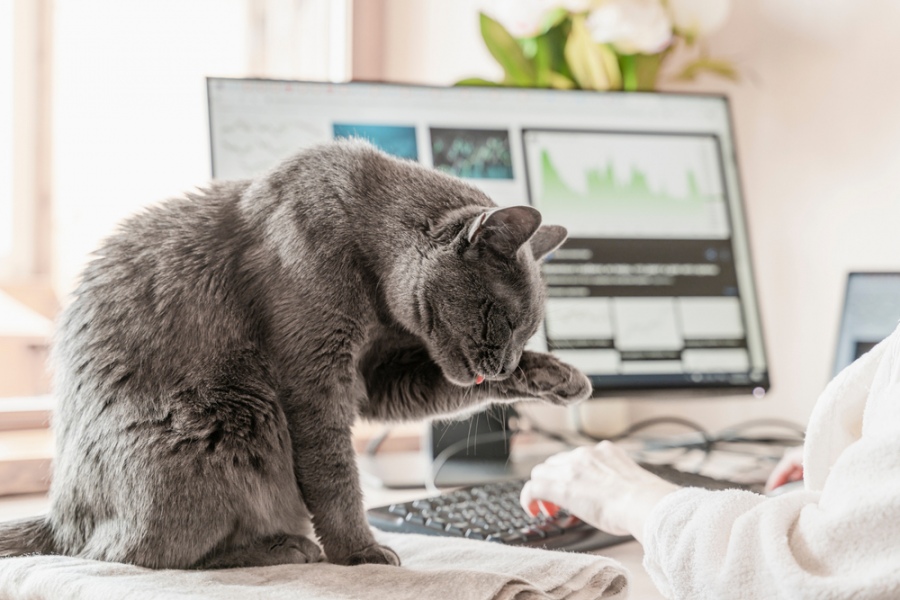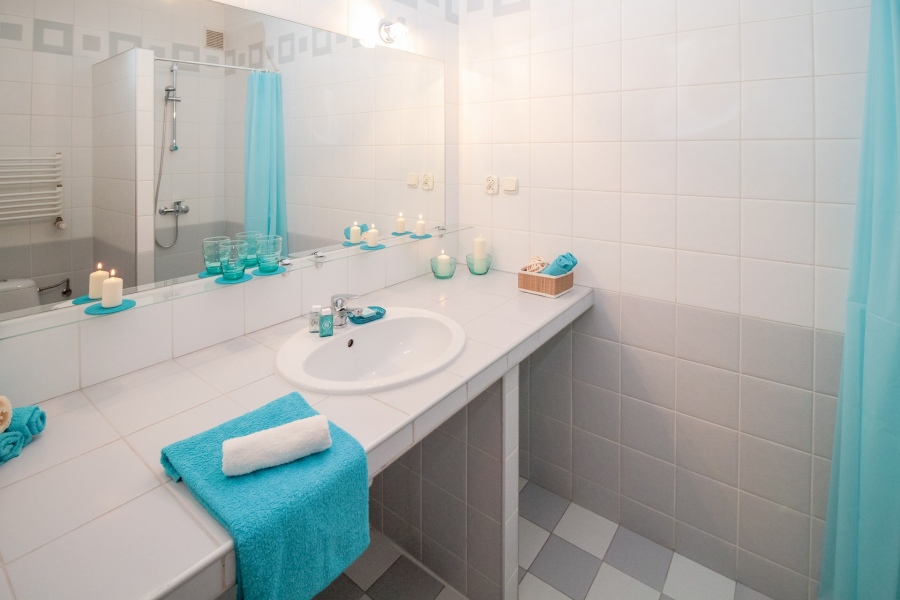Being aware of different deburring techniques can boost the bottom line for your company. Whether your business operates in a manufacturing environment or industrial setting the productivity of your operation depends upon both the quality and safety of your machinery.
If a moving part catches due to a notch or other imperfection catching your company may pay dearly. When work stops, sales stop too. In addition, malfunctions can cause serious injury or even death in extreme cases. The amount of money paid out to injured employees and the negativity publicity generated through such an accident stresses the importance of operating only quality machinery.
What Is Deburring?
Deburring is a method used in manufacturing and industrial settings to mold metals. Metal which needs to be sheared, slit, trimmed, cast, molded or welded into a specific size of shape is often subject to imperfections like protrusions or rough edges. These burrs can be effectively removed by a deburring machine.
You can use sanding, abrasive cloths or abrasives substances to remove burrs efficiently. Manual sanding by hand may remove less stubborn burrs but you may need to use a sanding machine to address a larger, more difficult to remove imperfection.
Alternative Methods
Leveling off nicks and fragments can be achieved by using a grinder or engaging in repetitive filing to create a smooth surface. If shavings and burrs are found on metal edges polishing and deburring may be required to address this issue. To create a finished product you would need to smooth out each surface of the metal sheet through multiple methods if necessary.
In order for industrial and manufacturing machine parts to function efficiently deburring is the preferred practice to remove any stubborn burrs. Productivity and safety are paramount in any manufacturing setting. Addressing any potential production issues and reducing the risk of injury helps creates an effective, safe work environment. Even the slightest notch on moving machinery can create a dangerous work environment as well as work stoppage. This is why deburring is such a critical aspect of running a productive industrial operation.
Businesses can boost cash flow by ensuring that moving parts are working properly. Companies may save a small or large fortune by avoiding employee injuries and the subsequent payouts resulting from maintaining an unsafe work environment.
Wood Deburring
Wood can also be deburred to create a superior product. Shorn, ripped and cut wood can develop splinters, ships, shavings and other rough areas which need to be smoothed out. Rigorous filing and sanding are the two chief methods used to handle stubborn burrs. This can be accomplished manually for a less difficult job or by using a power sander for a heavy duty task. As an alternative you can use a router to handle wood which needs its rough edges smoothed.
The Chief Benefit
Wood and metal pieces need to be functional for manufacturing purposes. The quality of both metal and wood can improve the productivity of your business’ manufacturing process. Deburring is a cost effective means to improve both the productivity and safety of your operation.





